
A well-preserved specimen of the fish Diplomystus dentatus - Photo: Curtin University
A new international study led by Curtin University (Australia) has solved the mystery of how the skin and scales of a fossil fish species could be preserved for 52 million years, thereby expanding understanding of the survival of the most fragile biological materials over time.
The study, published in the journal Environmental Microbiology, analyzed a remarkably well-preserved specimen of the fish Diplomystus dentatus , including fossilized skin and scales, found at the Fossil Basin site in Wyoming, USA.
Although the specimen was in an oxygen-rich microenvironment that would normally cause tissue decomposition, the team found that the initial breakdown of the fatty fish skin created a favorable environment for phosphate minerals to form and rapidly replace organic matter, leading to fossilization.
Scientists describe how the decomposition of the skin releases fatty acids and hydrogen ions, creating unique chemical conditions that promote phosphate osmosis and prevent the formation of carbonate deposits that cause tissue decomposition.
Dr Amy Elson from Curtin University's School of Earth and Planetary Sciences, lead author of the study, said the discovery challenged long-held assumptions about the role of oxygen in fossilization.
“We often assume that hypoxic (lack of oxygen) conditions are essential for preserving soft tissue, because oxygen accelerates decomposition. But this study demonstrates that even in oxygen-rich environments, unique chemical conditions can preserve delicate tissues for tens of millions of years.
The team's work provides new insights into why some fossils retain incredible detail while others do not," said Ms Elson.
The study's senior author, Professor Kliti Grice - founding director of the WA Centre for Organic Chemistry and Isotopes (a research centre at Curtin University in Perth) - said the research had broad implications beyond the scope of paleontology.
In addition to reconstructing the Earth's evolutionary history, understanding these processes could also inspire methods for preserving biological materials in medicine, guide exploration of energy/mineral resources, and improve carbon sequestration to address climate change, she said.
Source: https://tuoitre.vn/bi-an-da-ca-hoa-thach-52-trieu-nam-van-con-nguyen-20251013193452162.htm




![[Photo] Dan Mountain Ginseng, a precious gift from nature to Kinh Bac land](/_next/image?url=https%3A%2F%2Fvphoto.vietnam.vn%2Fthumb%2F1200x675%2Fvietnam%2Fresource%2FIMAGE%2F2025%2F11%2F30%2F1764493588163_ndo_br_anh-longform-jpg.webp&w=3840&q=75)







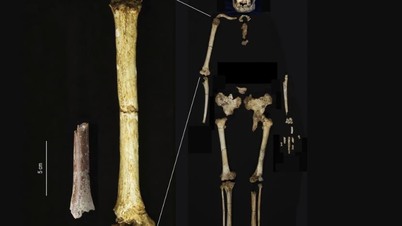
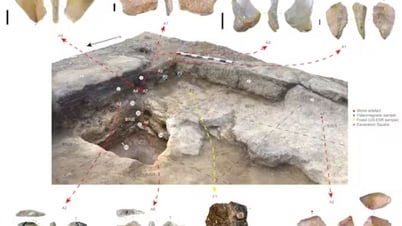

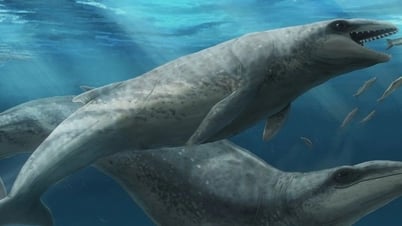

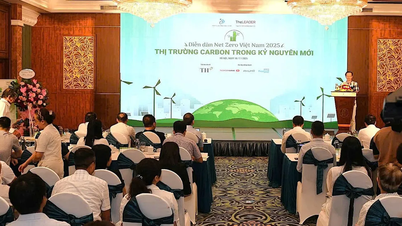


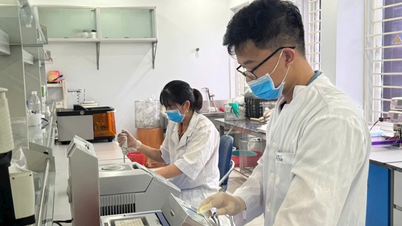


















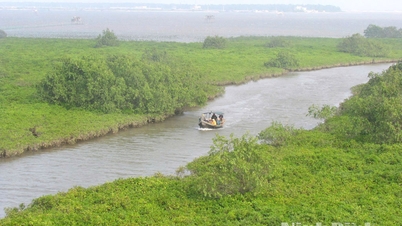


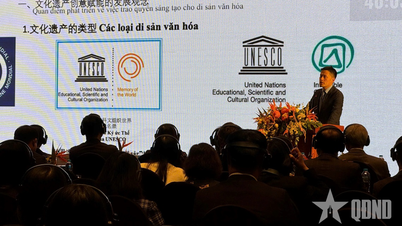

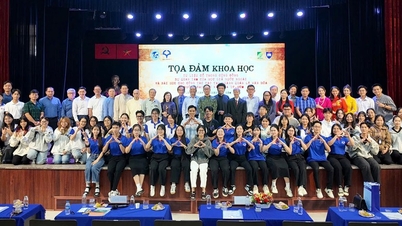




































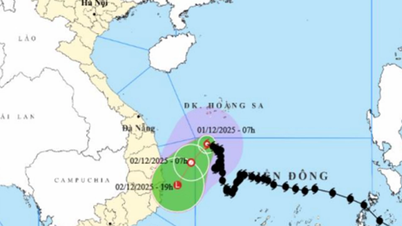
























Comment (0)